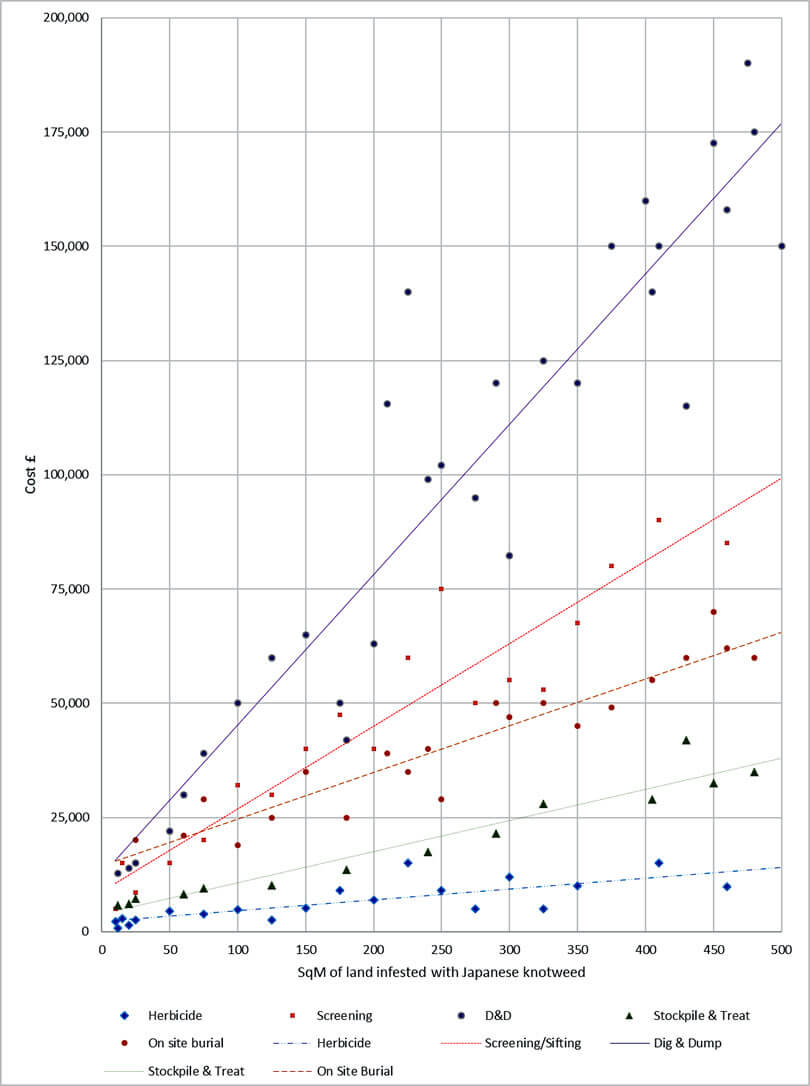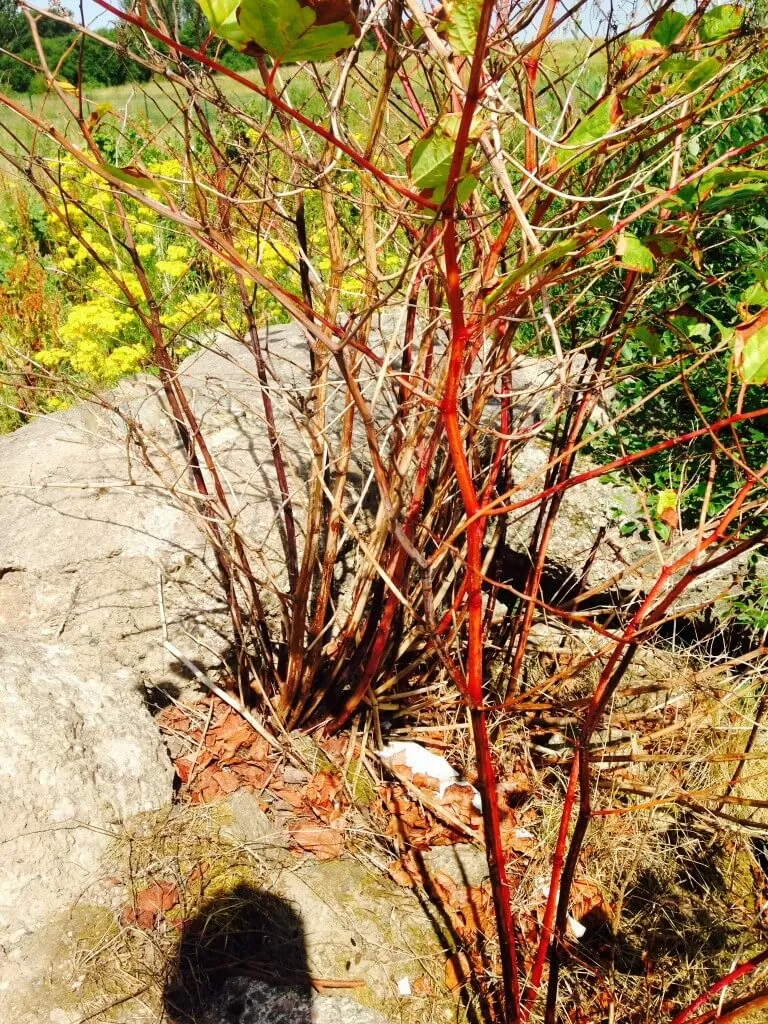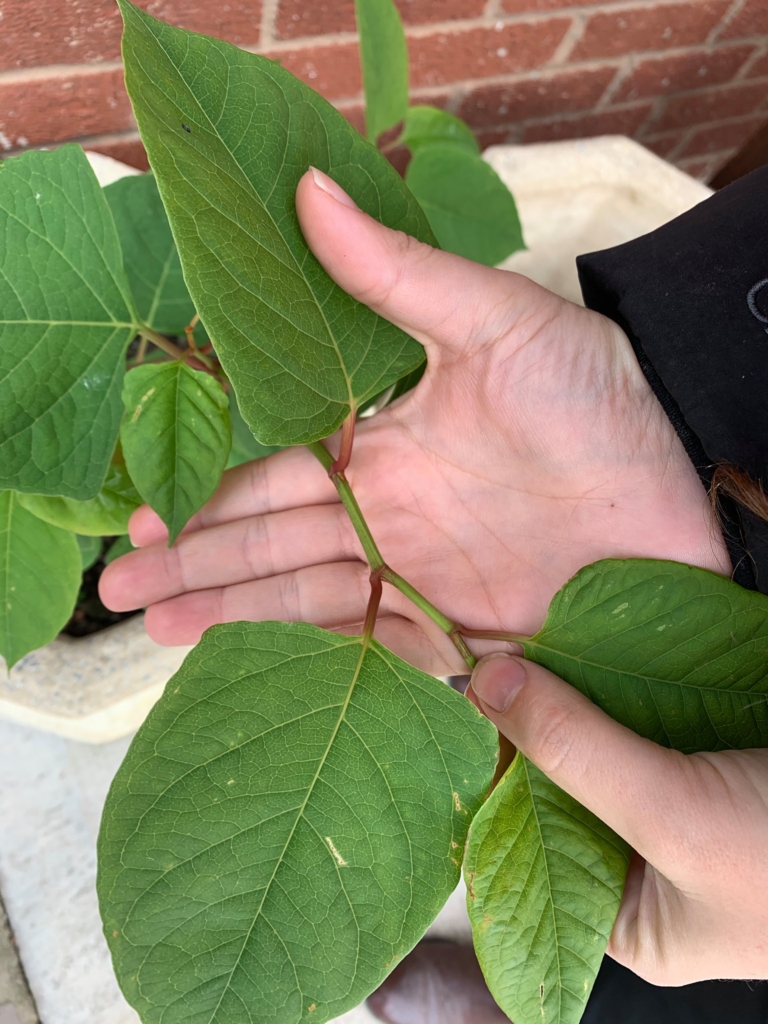With 1.25 million properties effected by Japanese Knotweed in the UK and average devaluations being £23,530 this is a serious problem! Would you know how to identify Japanese knotweed in Spring?
The first way to deal with any problem is to be able to identify it. As with many plants, Japanese knotweed looks different at different stages of its growth. There are many plants that actually resemble Japanese knotweed, these include; Cornus, common name Dogwood, Rumex obtusifolius common name Doc, Impatiens grandulifera commonly known as Himalayan Balsam and even sapling Poplar trees, which have a very similar leaf. If you are not a trained horticulturist it is easy to misidentify Japanese knotweed.

Because misidentification is so easy, we offer a free identification service. Where you can send us a picture and we will confirm if it is or is not Japanese knotweed.
To identify Japanese knotweed in the spring you are looking for certain characteristics. As it emerges from the soil it resembles asparagus with tightly furled leaves and a very dark red colour to its spike of growth.
The leaves then unfurl, and you will have young plants that are more easily recognisable. These plants will grow at a rate of approximately 40mm per day, that is over a inch and half every day. By the beginning of May some plants may be as tall as 1.8 – 2m tall!
This is amazing growth and they will continue to grow through the summer. When they are at this height you will see the typically green stems with purple speckles. If you were to snap these then the stem would be hollow. The leaves are heart shaped or sometimes described as shield shaped and are slightly bigger than the palm of your hand.


One final way of identifying Japanese knotweed is to dig up the root known as the rhizome. When you snap the rhizome it will sound like a carrot snapping also it has a very distinctive yellow and orange appearance.
Once you combine a number if these identifying factors together you can be sure that you have identified Japanese knotweed!
But if you’re ever in doubt send us a picture.
